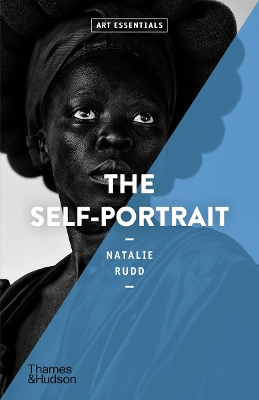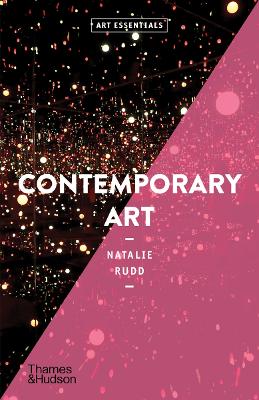Art Essentials
1 primary work • 2 total works
Book 0
Self-portraiture shows no sign of losing its ability to capture the public imagination. Given our current proclivity to snap and share ‘selfies’ in seconds, it is unsurprising to find a renewed interest in the genre among general audiences and students. Self-portraits have the power to illuminate a range of universal concerns, from identity, purpose and authenticity, to frailty, futility and mortality.
In this volume, curator Natalie Rudd expertly casts fresh light on the self-portrait and its international appeal, exploring the historical contexts within which self-portraits have proliferated and considering the meanings they hold today. With commentaries on works by artists ranging from Jan van Eyck and Artemisia Gentileschi to Francisco Goya, Pablo Picasso, Frida Kahlo and Jenny Saville, the book explores the emotive and expressive potential of self-portraiture, and its capacities to distance or to demystify. Can self-portraits offer windows into artistic process? Is there ever a singular identity to be captured? Is it necessary for a self-portrait to depict the human form? In her vibrant and timely discussion, Rudd dissects these and other important questions, revealing the shifting faces of individuality and selfhood in an age where we are interrogating notions of personal identity more than ever before.
With 97 illustrations in colour
In this volume, curator Natalie Rudd expertly casts fresh light on the self-portrait and its international appeal, exploring the historical contexts within which self-portraits have proliferated and considering the meanings they hold today. With commentaries on works by artists ranging from Jan van Eyck and Artemisia Gentileschi to Francisco Goya, Pablo Picasso, Frida Kahlo and Jenny Saville, the book explores the emotive and expressive potential of self-portraiture, and its capacities to distance or to demystify. Can self-portraits offer windows into artistic process? Is there ever a singular identity to be captured? Is it necessary for a self-portrait to depict the human form? In her vibrant and timely discussion, Rudd dissects these and other important questions, revealing the shifting faces of individuality and selfhood in an age where we are interrogating notions of personal identity more than ever before.
With 97 illustrations in colour
A plain speaking, jargon-free account of contemporary art that identifies key themes and approaches, providing the reader with a clear understanding of the contexts in which art is being made today.
Since the 1960s contemporary art has overturned the accepted historical categorizations of what constitutes art, who creates it, and how it is represented and validated. This guide brings the subject right up-to-date, exploring the notion of ‘contemporary’ and what it means in the present as well as how it came about.
Curator and writer Natalie Rudd explains the many aspects of contemporary art, from its backstory to today, including different approaches, media and recurring themes. Each chapter addresses a core question, explored via an accessible narrative and supported by an analysis of six relevant works.
Rudd also looks at the role of the art market and its structures, including art fairs and biennales and how these have developed since the millennium; the expanded role of the contemporary artist as personality; how artists are untangling historical and contemporary narratives to expose inequalities; the ethics of making; and the potential for art to improve the world and effect political change. A ‘toolkit’ section offers advice on how to interpret contemporary art and where to access it.
Offering a more multi-narrative and international perspective, this guide discusses what motivates artists as they try to make sense of the world, and their place within it.
Since the 1960s contemporary art has overturned the accepted historical categorizations of what constitutes art, who creates it, and how it is represented and validated. This guide brings the subject right up-to-date, exploring the notion of ‘contemporary’ and what it means in the present as well as how it came about.
Curator and writer Natalie Rudd explains the many aspects of contemporary art, from its backstory to today, including different approaches, media and recurring themes. Each chapter addresses a core question, explored via an accessible narrative and supported by an analysis of six relevant works.
Rudd also looks at the role of the art market and its structures, including art fairs and biennales and how these have developed since the millennium; the expanded role of the contemporary artist as personality; how artists are untangling historical and contemporary narratives to expose inequalities; the ethics of making; and the potential for art to improve the world and effect political change. A ‘toolkit’ section offers advice on how to interpret contemporary art and where to access it.
Offering a more multi-narrative and international perspective, this guide discusses what motivates artists as they try to make sense of the world, and their place within it.

